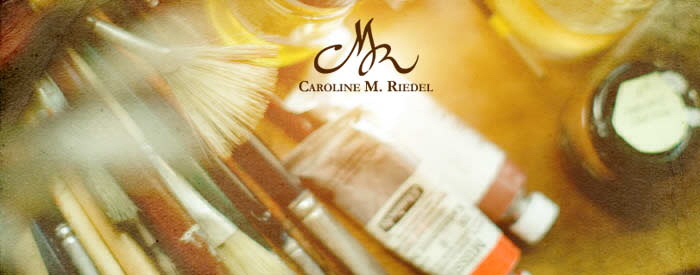
|
Pure coincidence led me directly thereafter to a summer workshop here near Cologne where a course in the traditional oil-painting technique of the Old Masters was being offered. And so color and oil entered my further artistic endeavors. Oil painting entails everything that can fill an artist with enthusiasm. Three things I find most important: Drawing skills are the backbone of all my works. This is my point of departure when I start to paint. The necessary visual information for a painting begins with many drawings and compositions whether based on a live sitting, a photo shooting, a film or memory. Painting skills are usually developed over time (depending on how fast you are or how intensely you work). In my case, the color forms grow out of the underlying drawing information and in the end there are more or less three-dimensional forms in color and plasticity. Physical and chemical know-how is something you simply have to learn about. There are necessary rules and regulations that govern whether or not a painting will adhere to the chosen painting surface durably over time. How to combine which chemicals has endless variations ... you can look into many works or visit good workshops to get an idea of how to deal with these "recipes". You must choose for yourself the one(s) that suit your taste. The various stages in the development of a painting in the traditional manner are shown in the ESTELLE series. It starts with the pre-primed (gessoed) canvas or board. In this case, the board then receives a transparent preliminary glaze, the The Spot On! below, was filmed in my study and broadcast November 2006 in the show Animals in Search of a New Home by the German TV station, WDR . |
|
|

